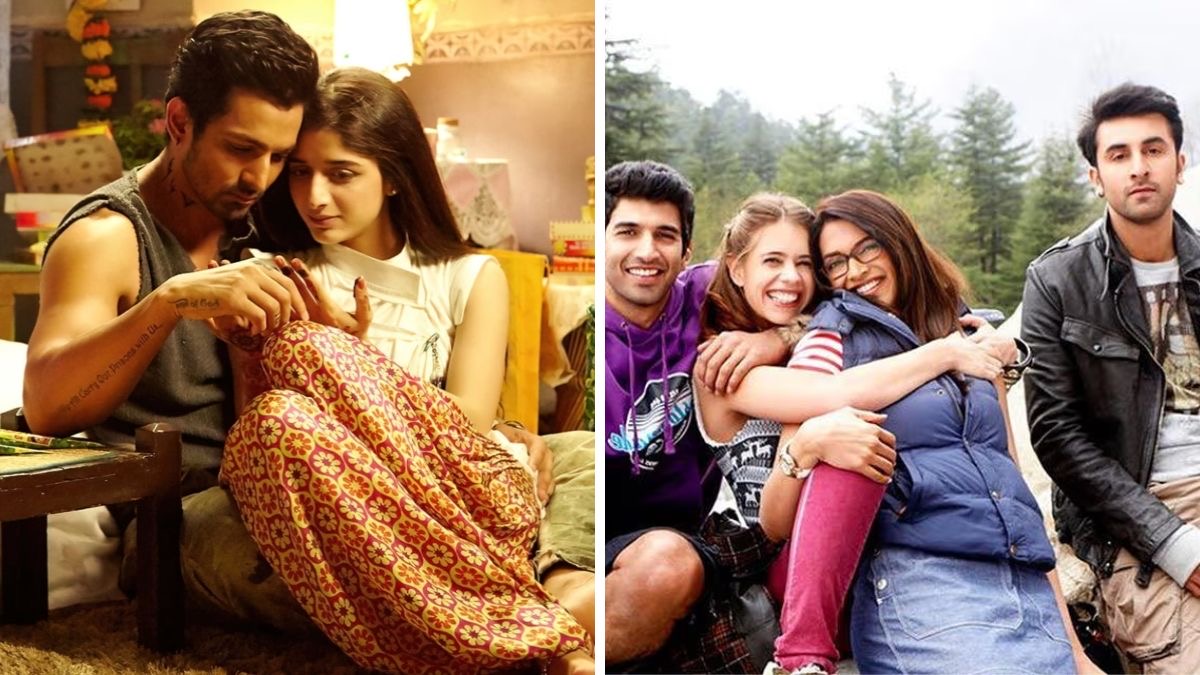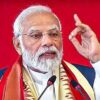Re-release of films generate big revenue for exhibitors and distributors.
Re-release of films generate big revenue for exhibitors and distributors.
Over the last two years, India’s cinema business seems to have found a new hit formula in
re-releases. At a time when most new films are struggling to fill theatres, re-releases are managing to draw audiences. What started as a series of retrospective of icons like Dilip Kumar, Dev Anand and Amitabh Bachchan, has turned into a proper business model.
Reportedly, over the past two years, films from almost every decade have made a big-screen comeback – from ‘Pyaasa’ and ‘Shree 420’ (as part of the Raj Kapoor retrospective) of the 50s and ‘Umrao Jaan’ 80s to 90s and early 2000s hits like ‘Karan Arjun,’ ‘Andaz Apna Apna,’ Rehnaa Hai Terre Dil Mein’ and ‘Tum Bin.’ Even fairly recent titles like ‘Yeh Jawaani Hai Deewani’(2013), ‘Laila Majnu’ (2018) and ‘Sanam Teri Kasam’ (2016) have been
re-released in theatres.
Exhibitors claim that even as nostalgia drives the trend among older viewers, Gen Z is finding joy in unearthing cinematic gems from the past.
Films like ‘Tumbbad,’ which didn’t get their due when initially released, turned out to be massive hits.
According to Exhibitor Aamer Bijli Gen Z is discovering old songs and film scenes through reels, and they are now showing up to watch these films in cinemas. Adding that people are now going for content that they might have missed earlier; either because they didn’t catch it on the big screen, or because they loved it so much, they want to relive that experience. he says,further adding a lot of films were
re-released even before 2023, but recently, it’s more about the right timing for re-releases. Films like ‘Tumbbad,’ ‘Laila Majnu’ and ‘Sanam Teri Kasam’ didn’t get their due when they were initially released. ‘Tumbbad’ developed a cult following since its release, and the moment it re-released, those fans returned to cinemas – it’s really indicative of a consumer trend. (When ‘Yeh Jawaani Hai Deewani’ re-released) he visited a cinema where people were dancing to ‘Dilliwaali Girlfriend.’”
Not Just Gen Z, but Millenials and the older generations are showing up too.
However, the Exhibitors, filmmakers and film business insiders assert that re-releases performing well is part of a bigger trend that audiences are craving old-school Hindi films romantic dramas, masala entertainers, classic comedies. And they’re thronging to theatres to experience them again. Devang Sampat, Managing Director, Cinépolis India, says, “Attendance for all major rereleases has seen an upward swing for a while now. Fans often dress up to attend these screenings. When they brought back Shah Rukh Khan’s ‘Baazigar’, they witnessed fans queuing up like it was the ’90s all over again. That they already have a calendar full of
re-releases. Continuing he says a.nd it’s not just Gen Z, but millennials are showing up too. And then there’s the older generation, who love the chance to remember when they first saw these films on the big screen.”
Cult classics on streaming platforms set the stage for big-screen comebacks
In the midst of the pandemic and in the years that followed, Bollywood’s retro titles emerged as some of the mostwatched content on streaming platforms. Cult classics, once hard to access, were available at the click of a button. All major streaming services noticed a clear trend – library titles from the ’90s and 2000s, across both Bollywood and Hollywood, were pulling in massive viewership.
“Fans in India love the ability to watch and rewatch some of their favourite films – from evergreen hits like ‘Dil Chahta Hai and ‘Sivaji : The Boss to global blockbusters like ‘Spider-Man: No Way Home,’ ” a Netflix spokesperson had told us.
Last year, when ‘Gangs of Wasseypur’ was re-released in cinemas, Anurag Kashyap stated at the time, he feels incredibly grateful for the re-release and the back-to-back screening. The film never really got that kind of exposure outside film festivals, and now a whole generation that first discovered it on OTT (Jio Hotstar) can finally watch it on the big screen.”
How cinemas decide which films should be re-released in cinemas
Aamer Bijli, Lead Specialist – Innovation, Film Marketing & Digital Programming, PVR INOX Ltd, says, “Using a lot of data, we decide which films would do well when re-released in cinemas, and in which locations. We look at genres, directors, even cast members who have performed well in the past. It’s all strategic. They try to identify where these audience pockets exist. For instance, when they re-released ‘Suzume’ (a Japanese animated film), they did a nationwide poll and found out that the most loyal fanbase was in Ahmedabad.”
Across cinemas, there are now dedicated teams curating
re-releases for occasions such as Women’s Day, Valentine’s Day, Independence Week, etc.
Notably for many moviegoers, re-releases are about reliving the excitement of movie outings in the ’90s
Those who have been in the cinema business for three to four decades say that when Raja Hindustani was released in the 90’s and .every time the song ‘Pardesi Pardesi Jana Nahi’ played, people would throw coins in the air. Similarly, amidst the screening of ‘Dilwale Dulhania Le Jayenge,’ people would shower coins at Shah Rukh’s scenes.
Sanjay Ghai, who’s been in the cinema business for four decades, shares, “Back then, there were no recliners or cushioned seats. Most cinemas had hard wooden chairs. And yet, people would wait for hours, sometimes buying tickets in black, just to catch a Shah Rukh or an Aamir film on the big screen. So, when those same films get re-released today, why wouldn’t the same people go to their nearest multiplex? For a lot of them, it’s about the memories of first dates, college hangouts, and the excitement of movie outings in the ’90s.”
Films featuring music, which resonate with the younger audience have seen stronger traction
Ashish Saksena, COO-Cinemas, BookMyShow, says, “Films featuring music which resonate with the younger audience have seen stronger traction – indicating that the trend is selective and success often hinges on cultural recall and youth connect, especially through popular soundtracks.
The buzz generated on social media only amplifies this effect.”
News Edit KV Raman
















